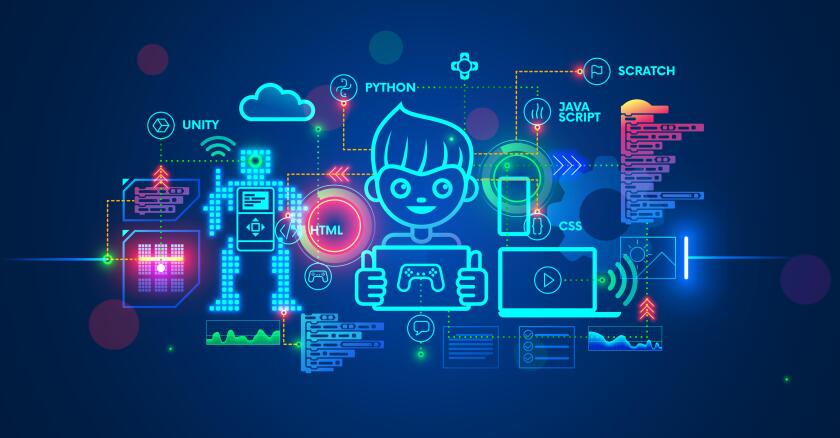Youth Unleashed
Exploring the vibrant voices and trends shaping the youth culture today.
EdTech Alchemy: Turning Classrooms into Gold
Unlock the secrets of EdTech alchemy! Transform your classroom into a goldmine of learning, engagement, and innovation. Discover how!
Transformative Technologies: How EdTech Is Reshaping Modern Classrooms
The rapid evolution of EdTech is fundamentally transforming modern classrooms into dynamic learning environments. With the integration of tools such as interactive whiteboards, virtual reality simulations, and personalized learning platforms, educators are better equipped to engage students. These technologies not only facilitate personalized learning experiences but also foster collaboration among peers, breaking down traditional classroom barriers.
Moreover, the impact of EdTech extends beyond mere engagement; it enhances accessibility and inclusivity in education. Through adaptive learning technologies, students with diverse learning needs can receive tailored support, ensuring that every learner has the opportunity to thrive. As we move forward, it is crucial to embrace these transformative technologies to not only keep pace with educational demands but to also cultivate an environment where all students can succeed.

Unlocking Student Engagement: Strategies for Effective EdTech Integration
In today's educational landscape, integrating technology in the classroom has become paramount for enhancing student engagement. One key strategy is to adopt interactive tools that foster collaboration and active learning. For instance, utilizing platforms such as learning management systems (LMS) can streamline communication between students and educators. Additionally, incorporating multimedia resources like videos and gamified quizzes encourages participation and makes learning more dynamic. Establishing a clear framework for using these technologies not only aids in maintaining structure but also empowers students to take initiative in their learning journey.
Another effective strategy for boosting student engagement is integrating personalized learning experiences through the use of data-driven insights. By leveraging analytics from EdTech tools, educators can tailor lesson plans to meet the individual needs of students. This approach not only drives motivation but also helps identify areas where students may struggle. To further facilitate this, teachers should consider implementing flipped classroom models, where students engage with instructional content at home and participate in interactive activities during class time. Such methodologies create a more engaging and supportive learning environment, ultimately leading to improved academic outcomes.
The Future of Learning: What Will Classrooms Look Like in 10 Years?
As we look ahead to the future of learning, it's clear that classrooms will undergo significant transformation in the next decade. Technology will play a crucial role, with the integration of artificial intelligence and virtual reality becoming standard practices. Imagine classrooms where students can engage with interactive holograms, allowing them to visualize complex concepts and participate in immersive educational experiences. Collaborative learning will also take center stage, with students connecting with their peers worldwide through virtual platforms, breaking down geographical barriers and fostering a global perspective.
Moreover, the physical classroom itself will evolve to promote flexibility and creativity. Traditional desks and chairs may be replaced with modular furniture that can be easily reconfigured for group projects or individual study. Classrooms will be designed to be multifunctional, offering spaces for both quiet contemplation and dynamic teamwork. Educators will adapt their teaching methods, utilizing a blend of online and offline resources to cater to diverse learning styles. As we embrace this new era of education, the question remains: How will we equip future students with the skills they need to thrive in an ever-changing world?